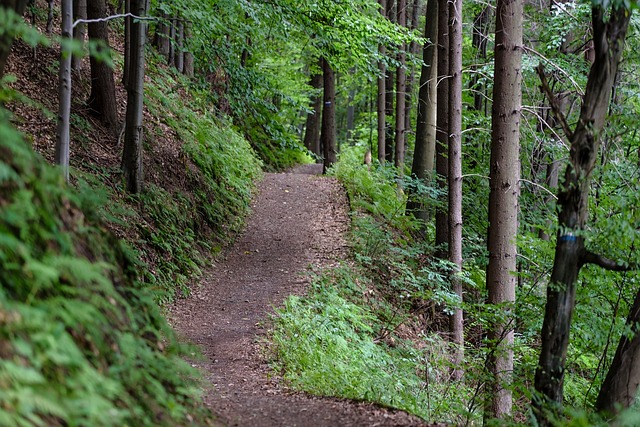
Seniors interested in learning how to mountain bike have an exciting adventure ahead of them. However, they also have considerations to make that will help them start this new adventure off well. Here are five questions seniors should ask when deciding if mountain biking is right for them.
Why mountain biking?
Mountain biking boasts numerous health benefits, especially for seniors. For example, the steady cardiovascular work means that your heart’s fitness is increased 3-7 percent. And since heart disease is the number one cause of death for seniors, flexing that muscle a little harder is a good thing. In addition, mountain biking is way low-impact, which is easy on the joints and bones.
But, just as important to note, there are many mental health benefits for seniors who mountain bike. Studies have shown that critical and creative thinking— skills all mountain bikers must develop— can help you stave off memory and cognitive issues later in life.
What kind of equipment do you need?
Like most hobbies and sports, there is an array of equipment you could or should have as a mountain biker. And, again like most hobbies and sports, the quality and the cost— what you deem necessary— can influence the equipment you use to get started. Obviously, you need a bike, but it’s helpful to know the kind of terrain you plan on riding so you pick the right bike.
It’s also important to grab some protective gear, especially for your head and hands. Then think about hydration, especially if you intend on working your way up to long distance rides. And, finally— at least as far as the essentials go— don’t forget to keep safety in mind. A tube patch kit, lights and a GPS tracker can be a lifesaver when you are a few dozen miles out in the middle of nowhere.
Where should you ride?
Mountain biking is all about escaping the concrete and plunging into nature. While heavier than road bikes, mountain bikes can also be thrilling out on the open road. Where you should ride depends on what kind of bike you’ll be saddling up to.
If you own a rigid bike— which means it has no suspension— then plan on paddling mostly flat, packed dirt trails with few obstacles. Without suspension they can be uncomfortable on rugged terrain, however that also makes them less expensive and easier to maintain. Cross country riding best takes place on a hardtail bike, one that has suspension only on the front wheel. Like rigid bikes, they are typically more budget-friendly and require less upkeep. However, if you are looking for power to climb steep grades over bumpy terrain, then a full suspension bike is your best friend.
How do you protect against injury?
Many people worry about the risk of injury associated with mountain biking— and seniors should be more concerned than most. Mountain biking is a sport where falls are bound to happen. As a senior, preventing injury is something you should really be mindful about.
First, wear a helmet and be sure you are wearing it properly. Second, wear as much full body protective gear as you are comfortable. Be sure to protect the extra fragile places like knees, hips, ankles and wrists. And finally, focus on staying in shape overall. A regular yoga practice will improve your balance— crucial for mountain biking— and help build stronger muscles, bones and joints. And remember to warm up before a ride so your body is fully prepped for the action ahead.
What kinds of techniques should I explore?
Like dancing, mountain biking is a sport where newcomers are often naturally drawn to staring at their feet. And, just like dancing, that tends to lead to some painful mistakes. As you explore and grow as a mountain biker, you’ll learn techniques to prevent this and many more helpful habits. In the beginning, however, it’s good to start out with a few mostly universal basics.
For starters, keep the ball of your foot just slightly in front of the pedal axle. We have a tendency to want to place the ball of the foot dead center, but this can add strain and stress to your leg muscles. Another technique to work on is cornering. Make cornering a skill you are continuously trying to tighten and improve.
Mountain bikers can be any shape, size and age, and overtime you’ll see that their ride preferences are just as varied. Some bikers enjoy pedaling down smooth, fast trails. Others dig into rocky, technical areas with glee. That’s why the first question seniors who want to mountain bike should ask is what kind of biker do I want to be?